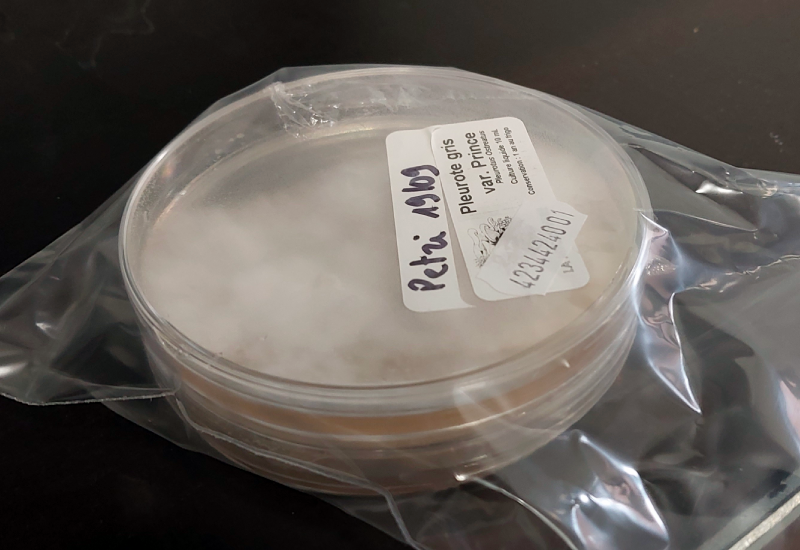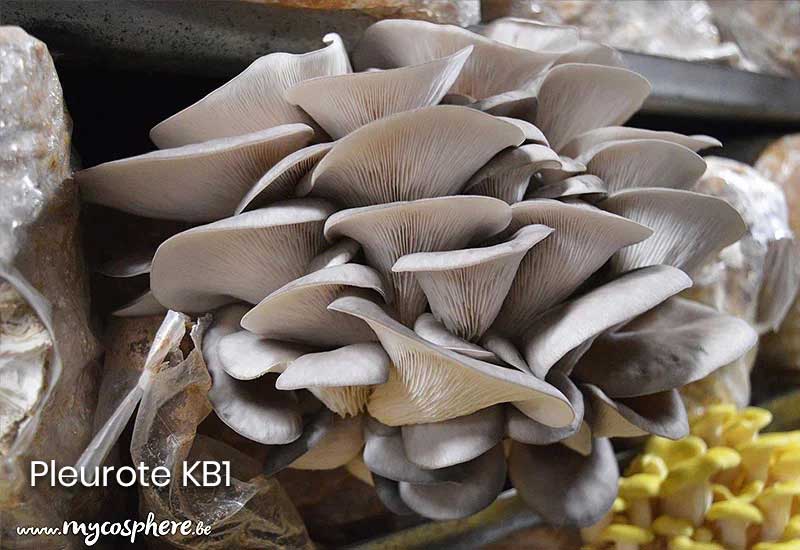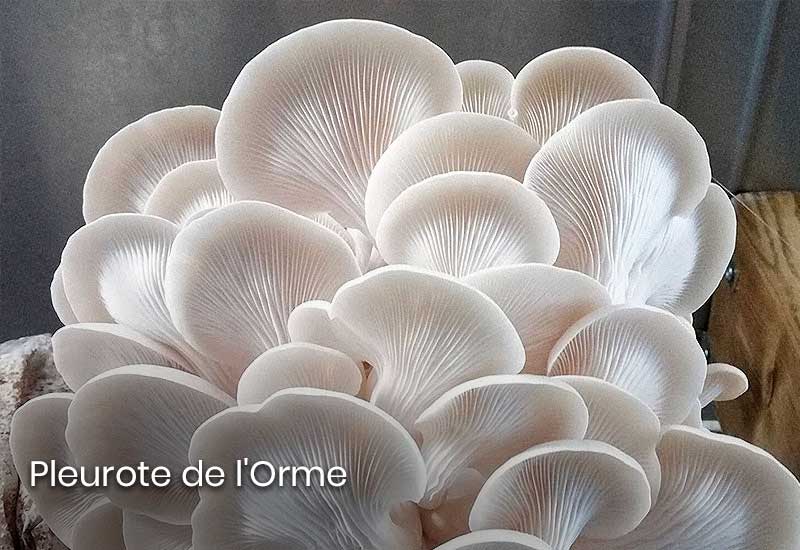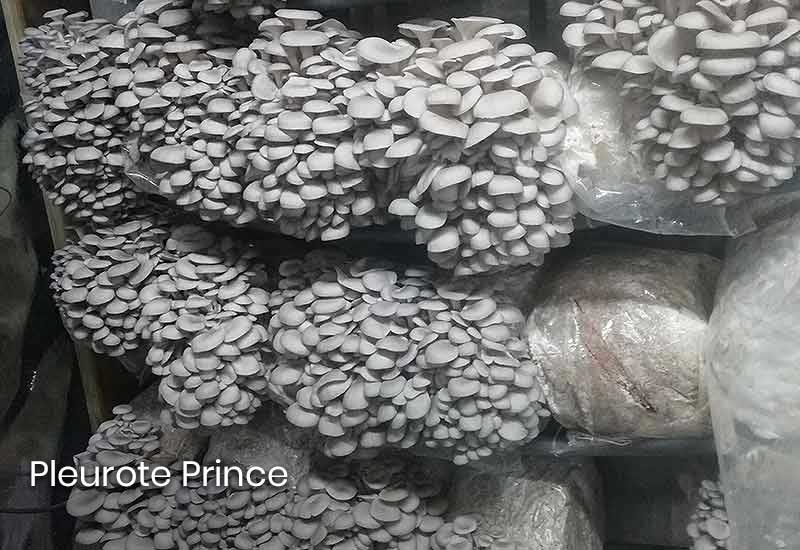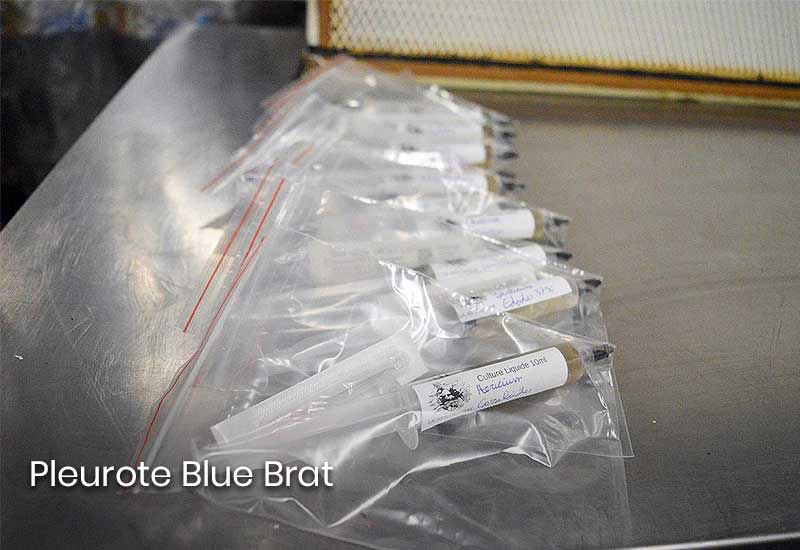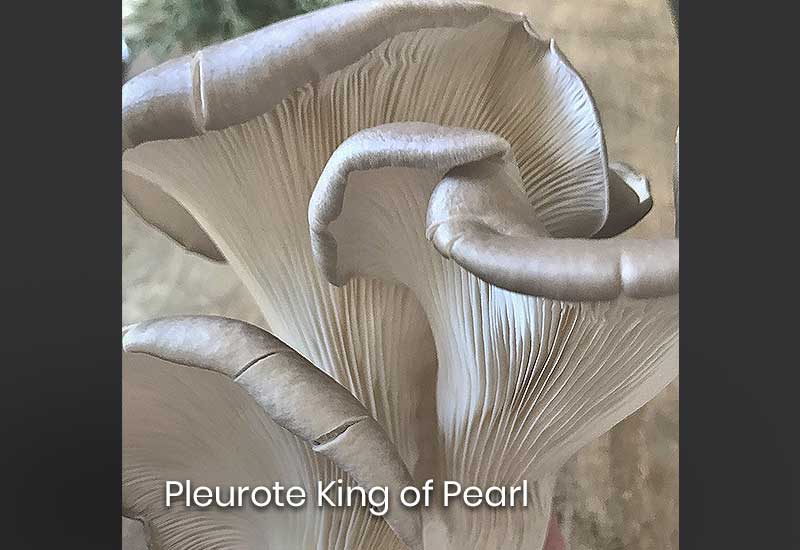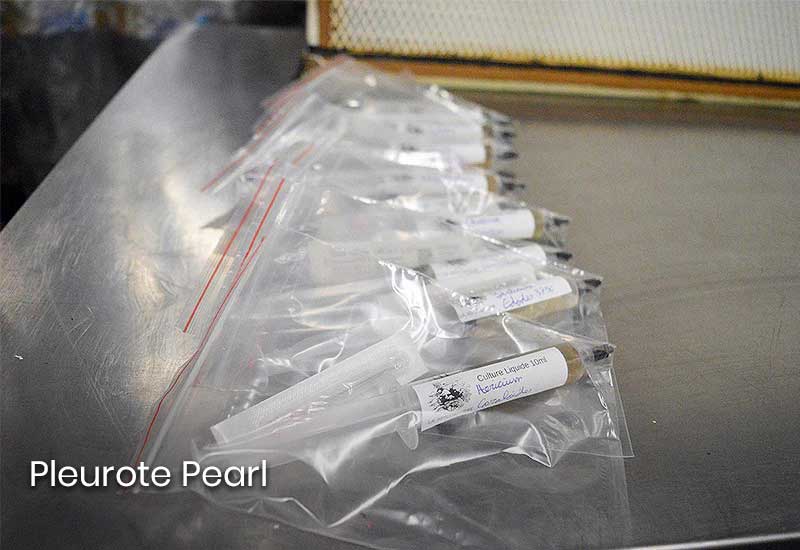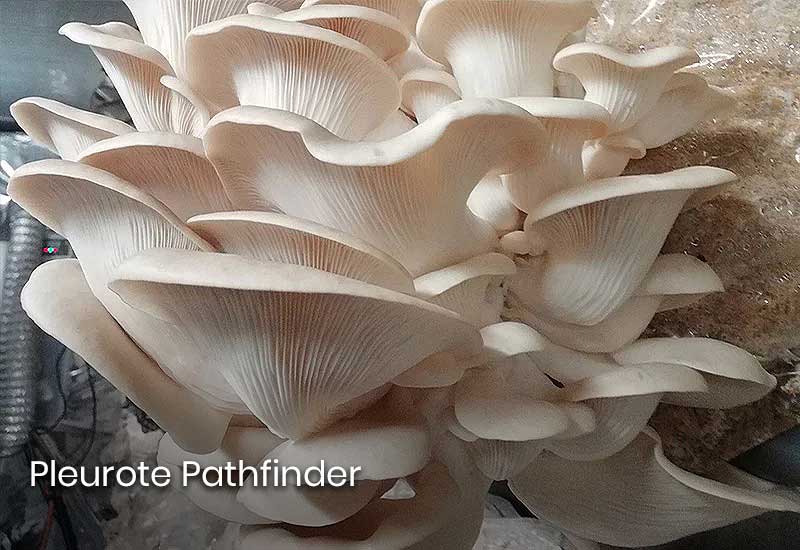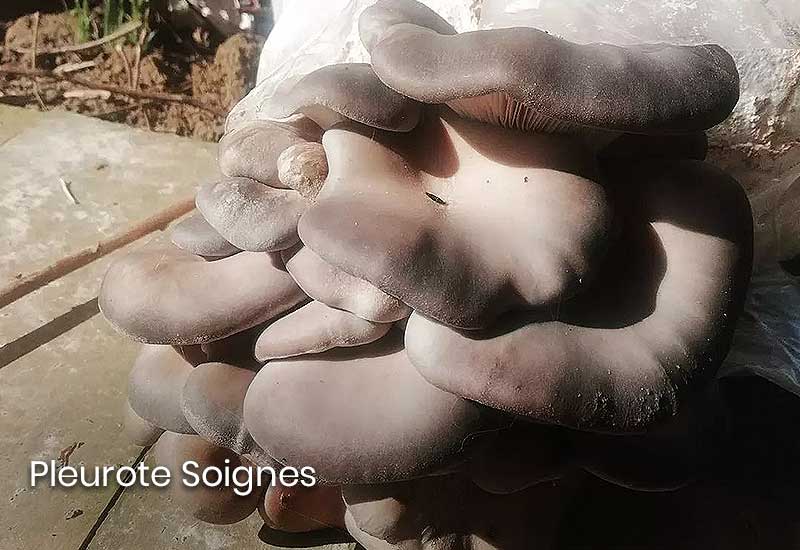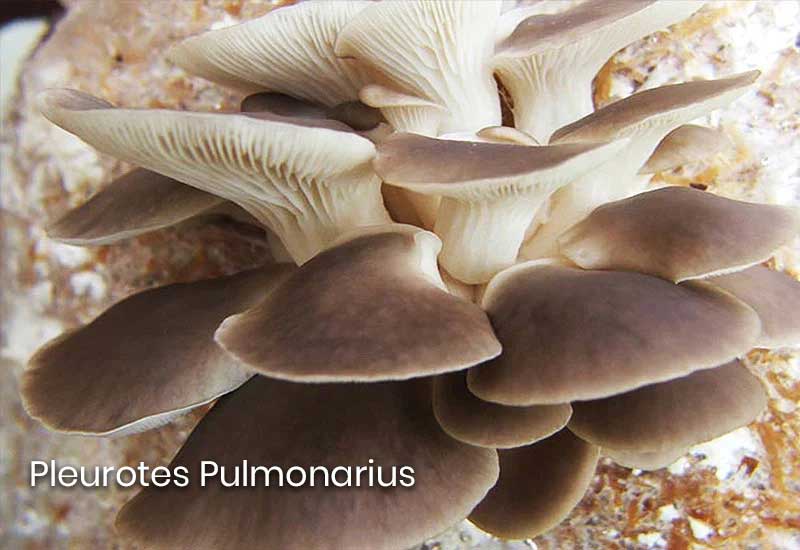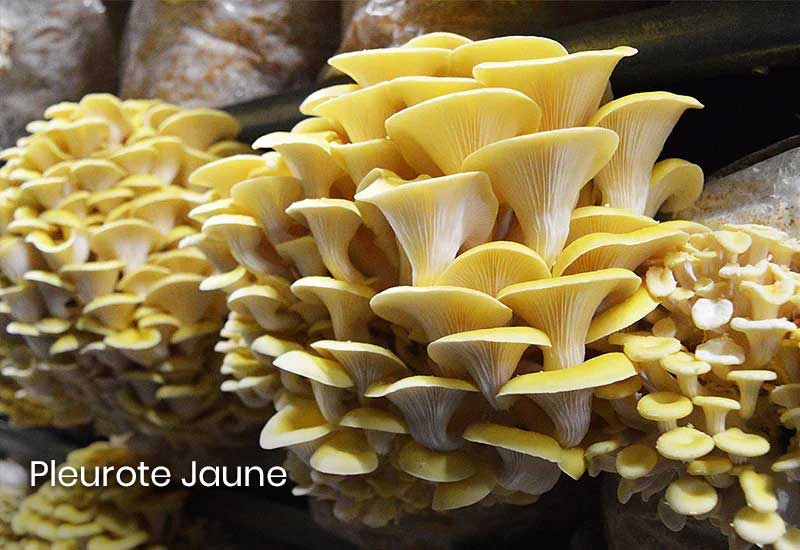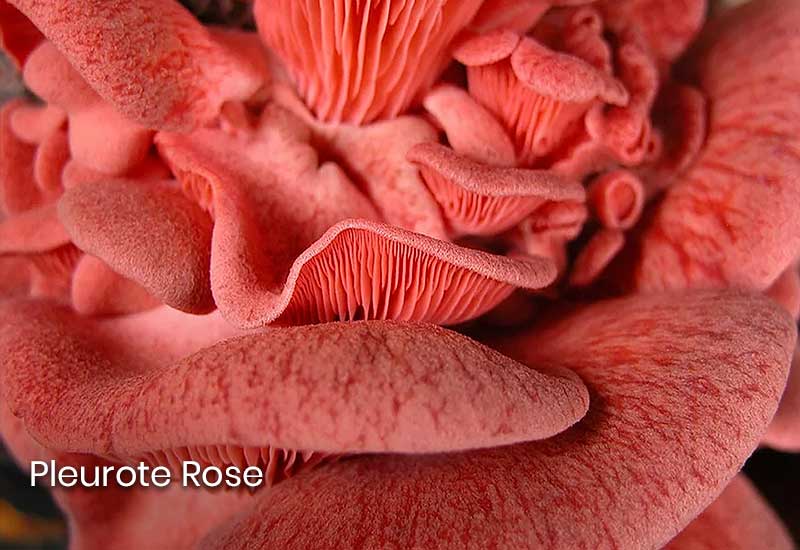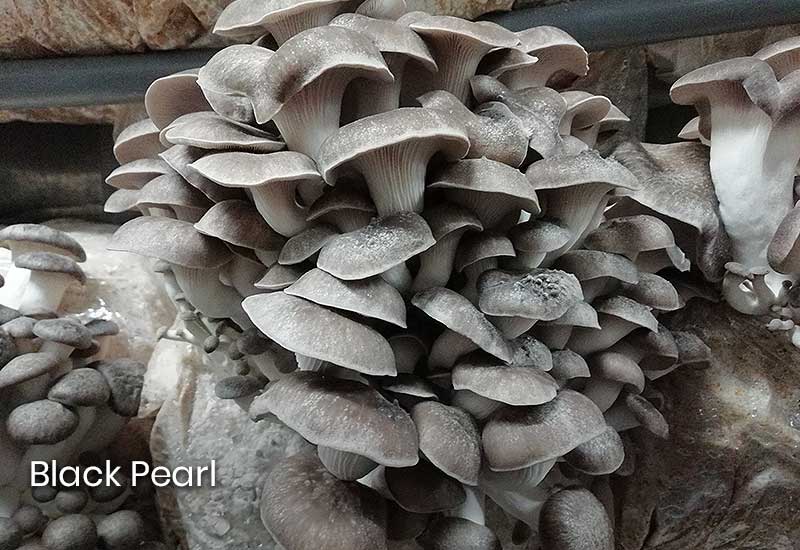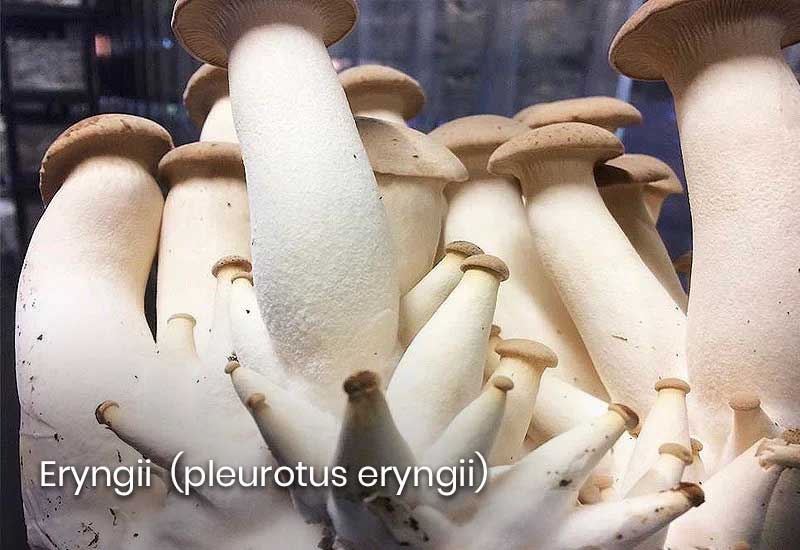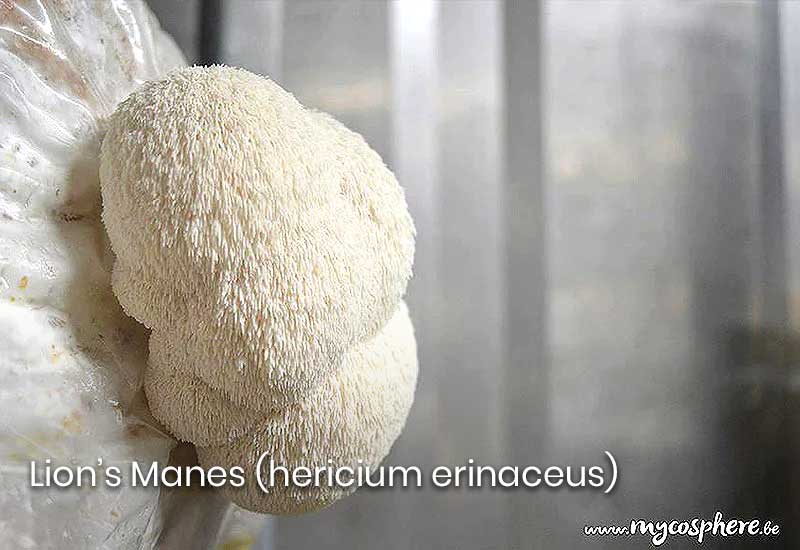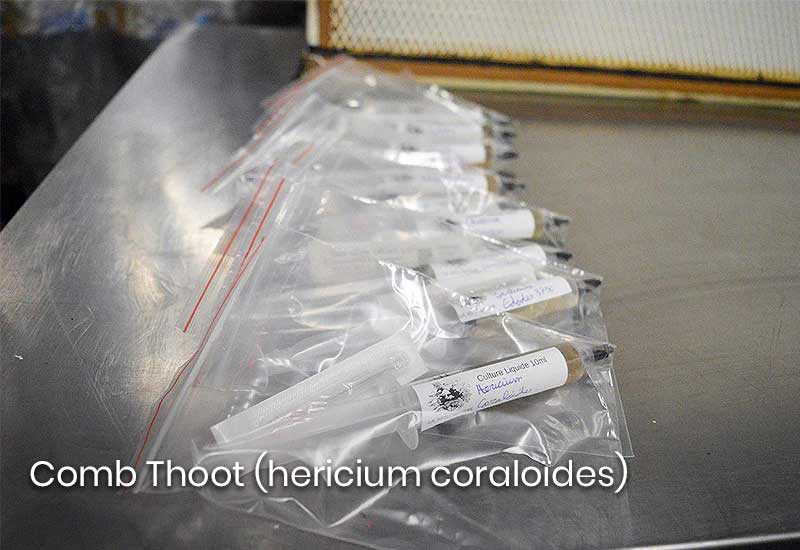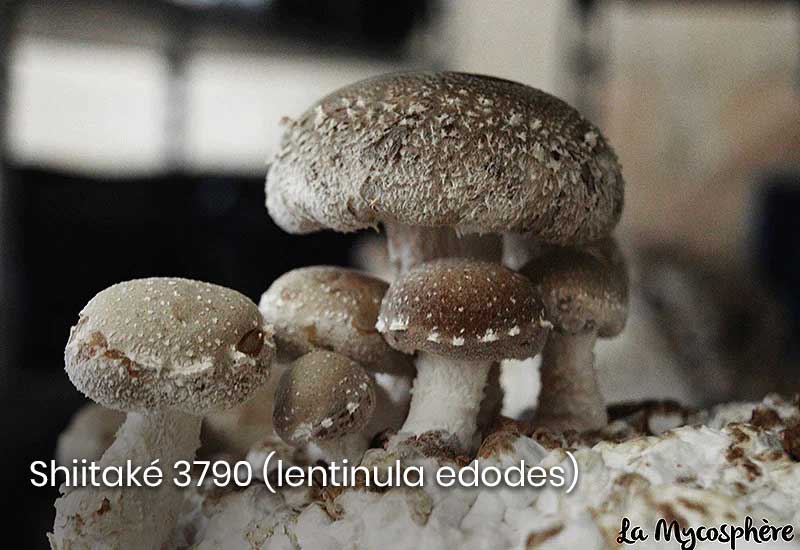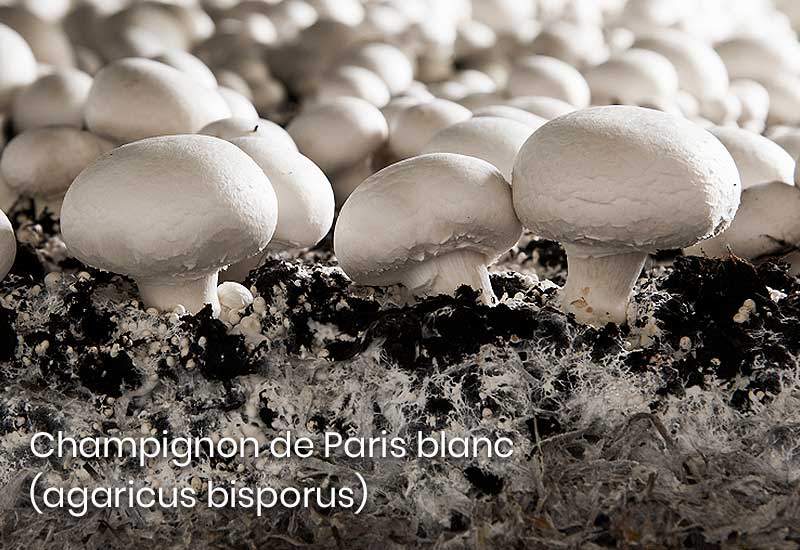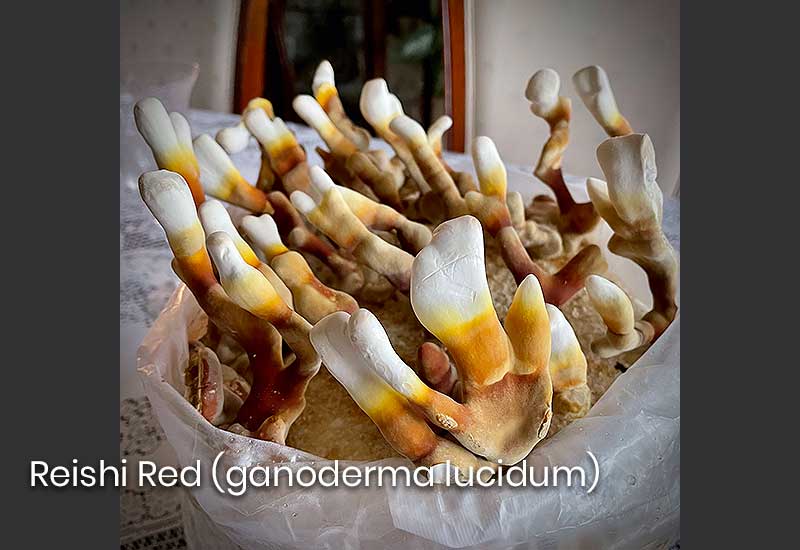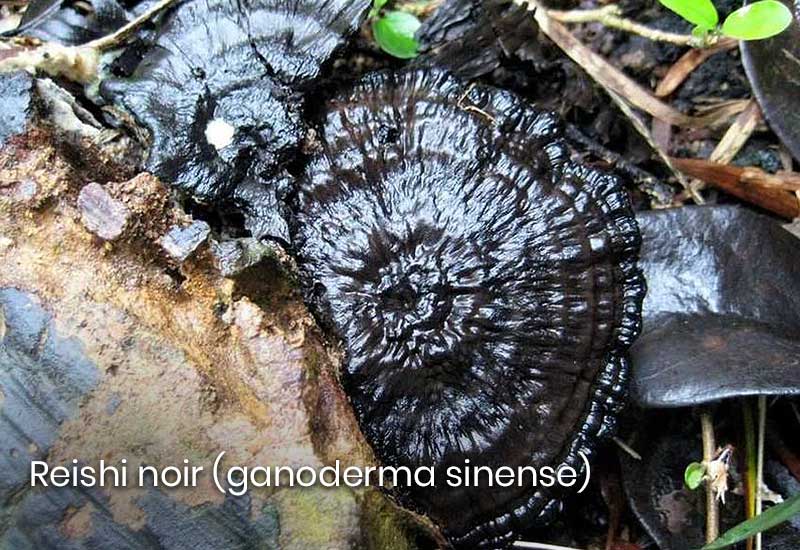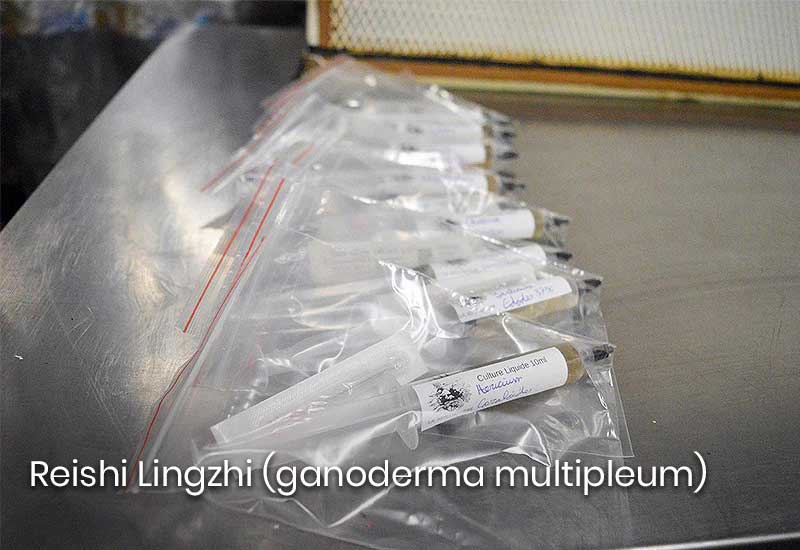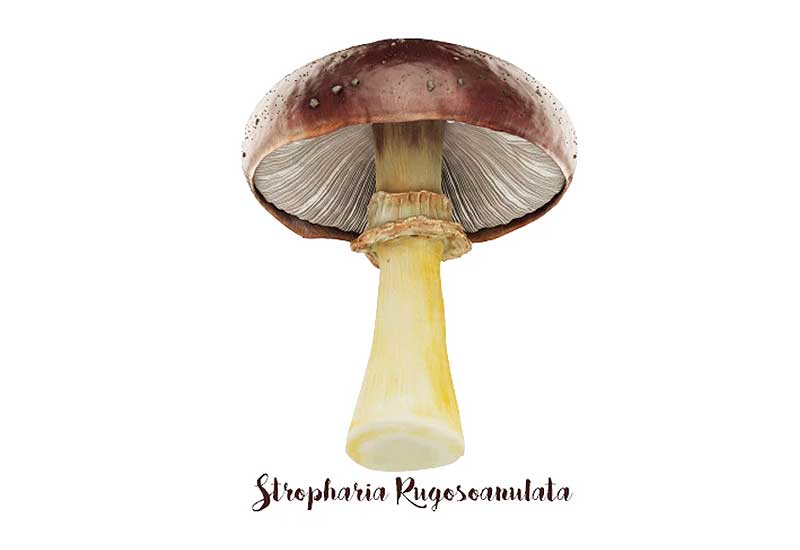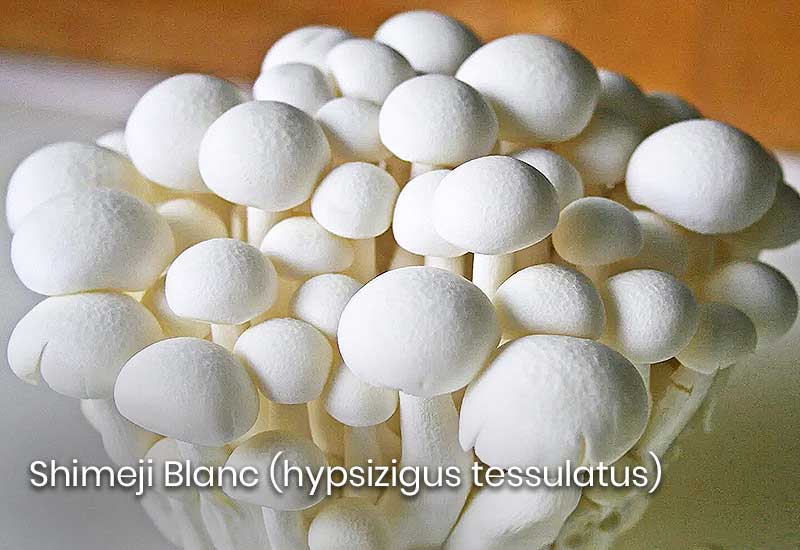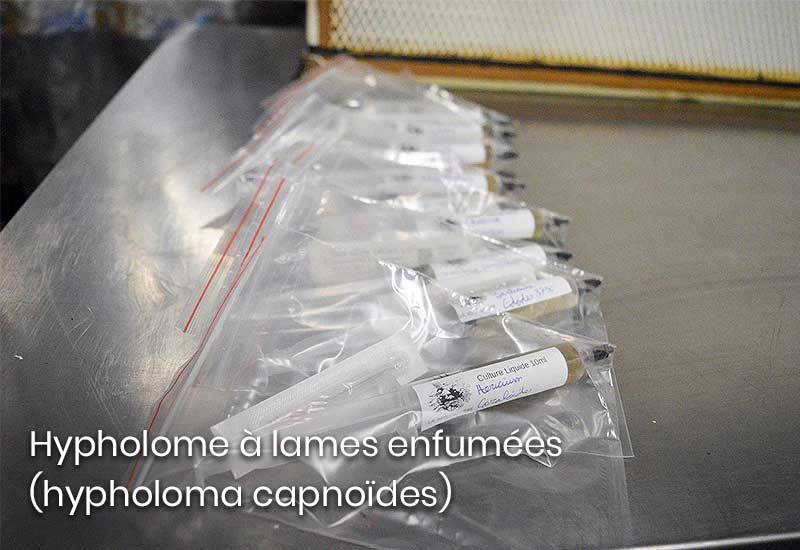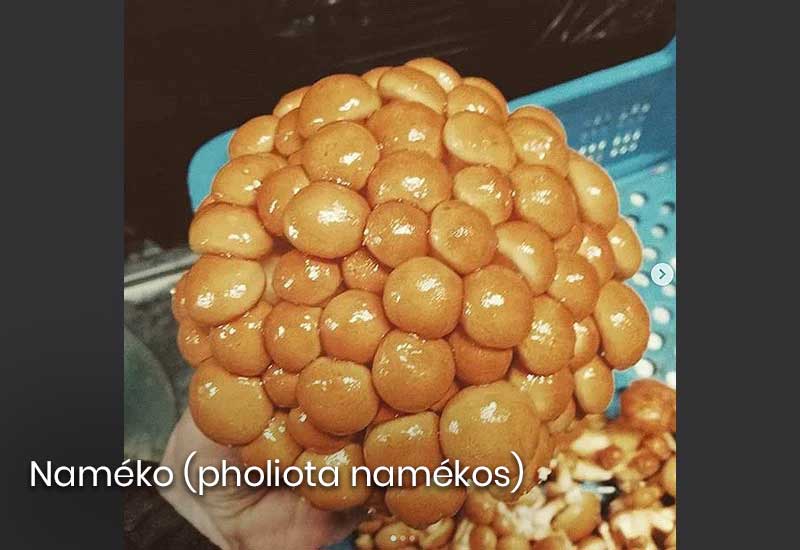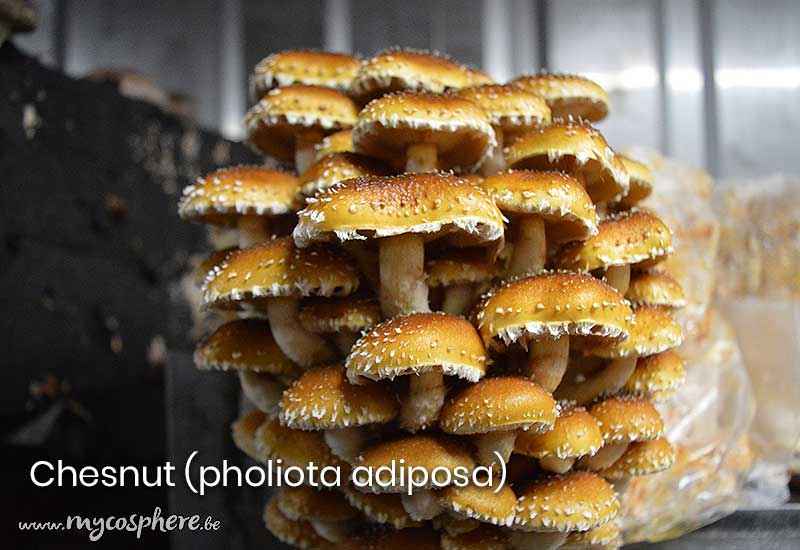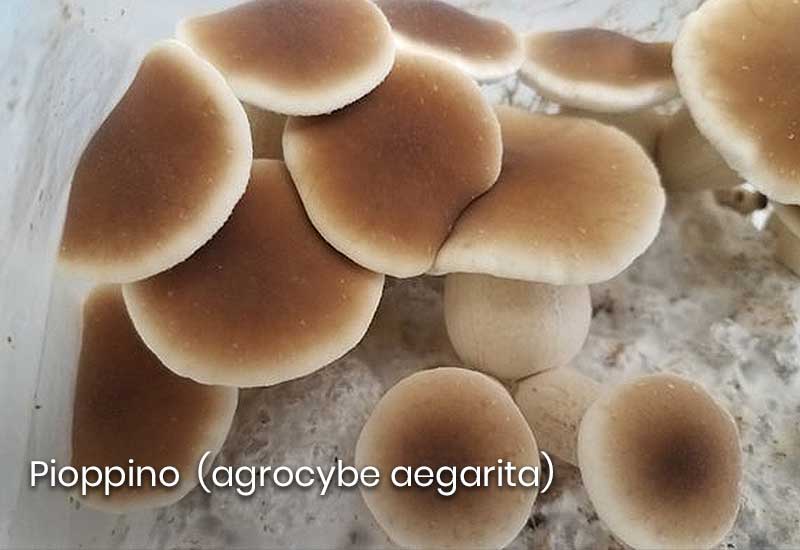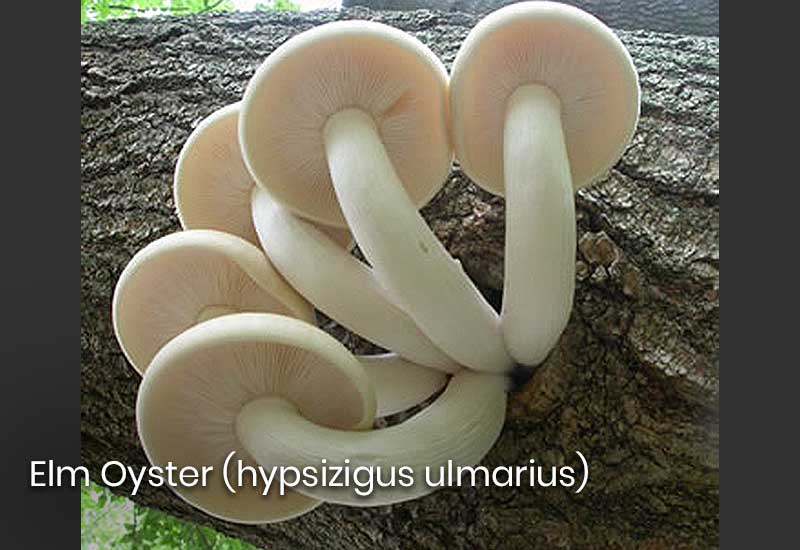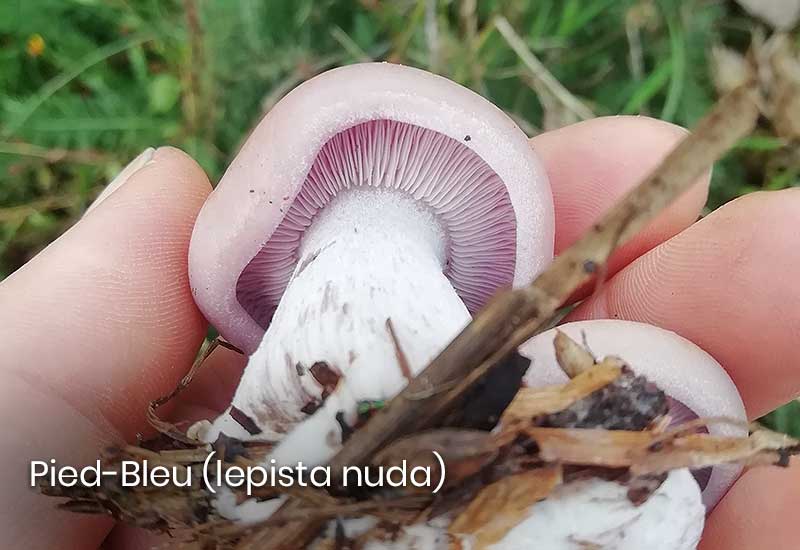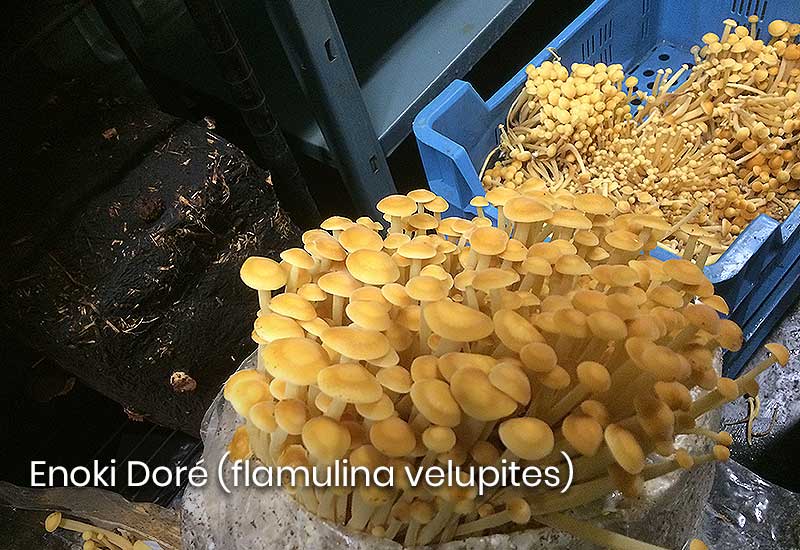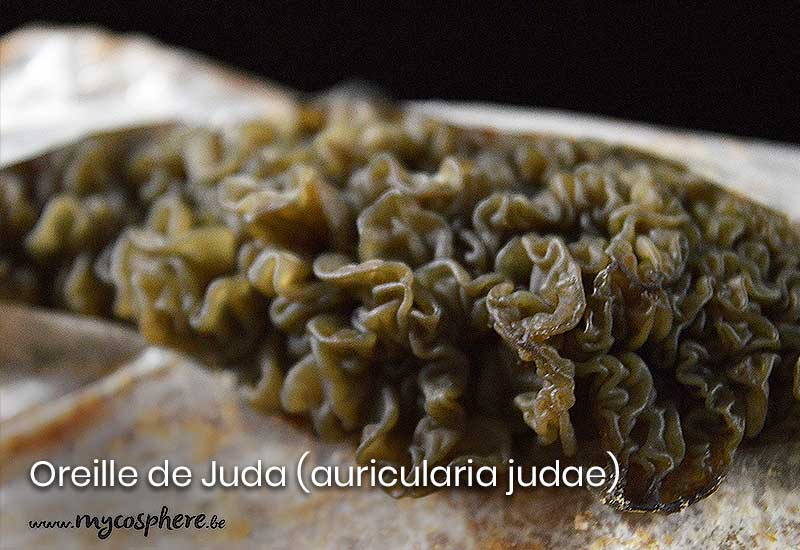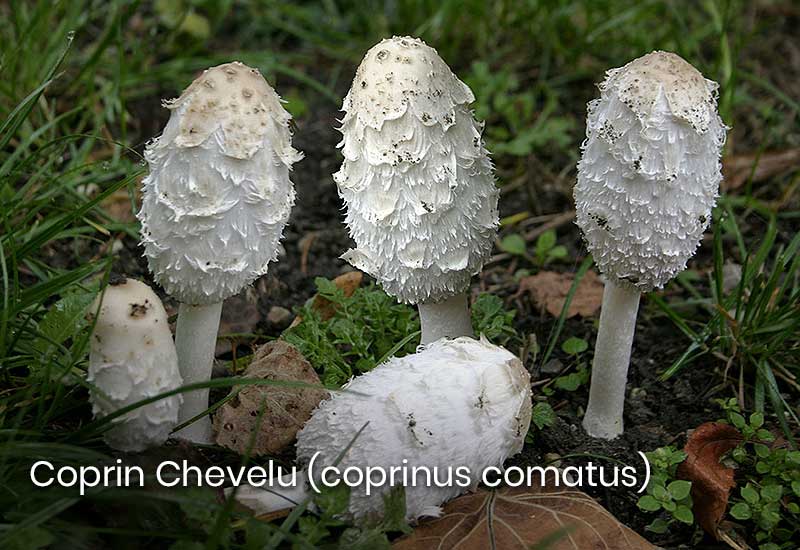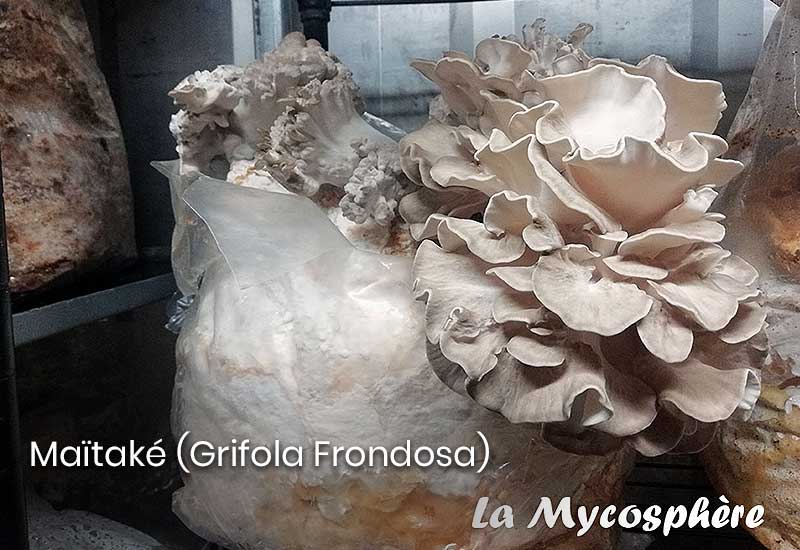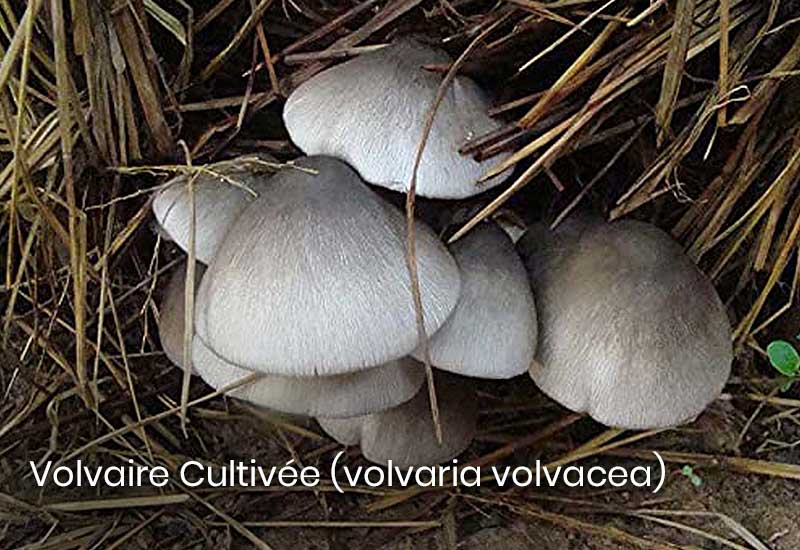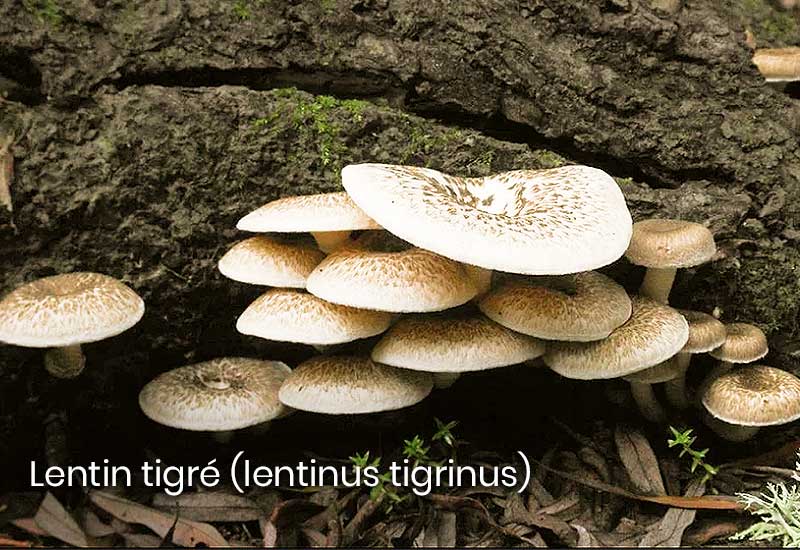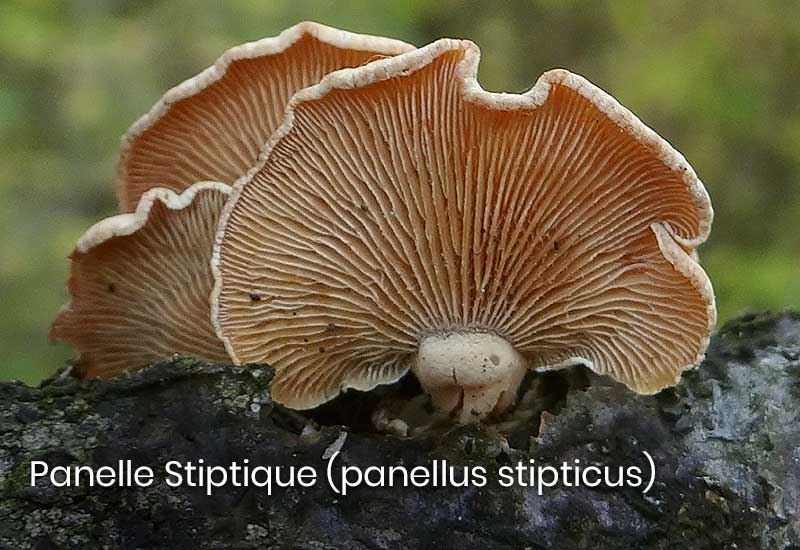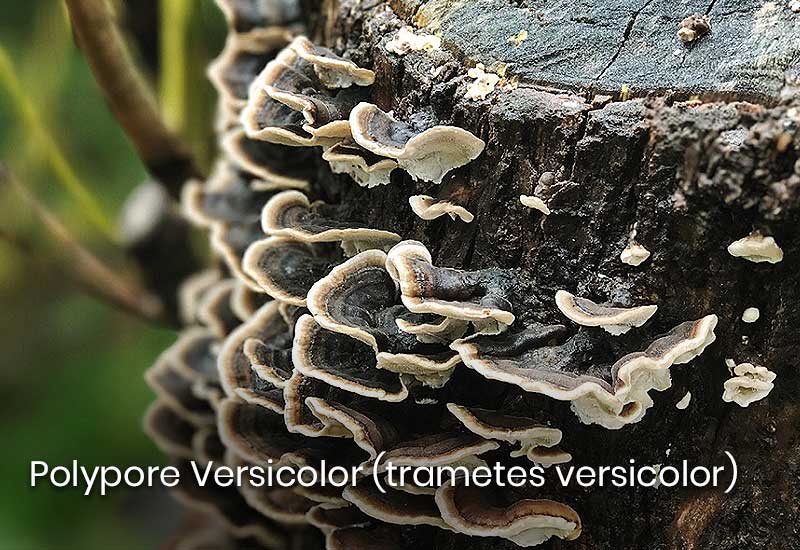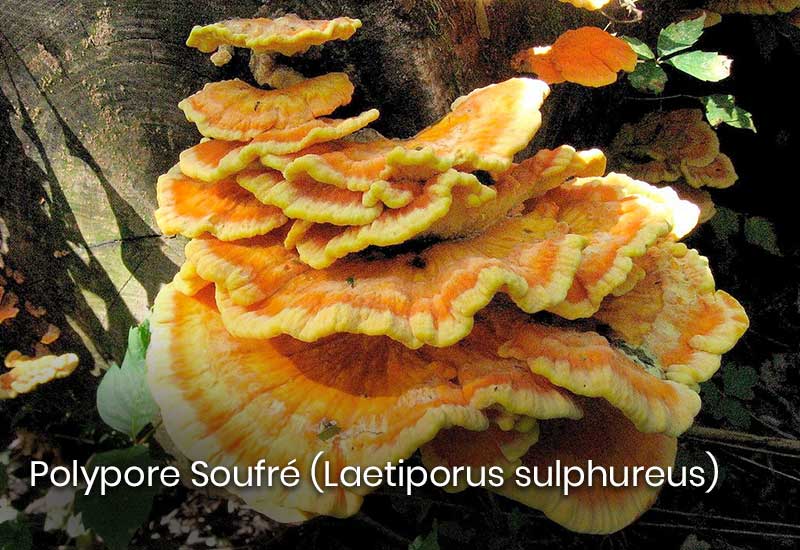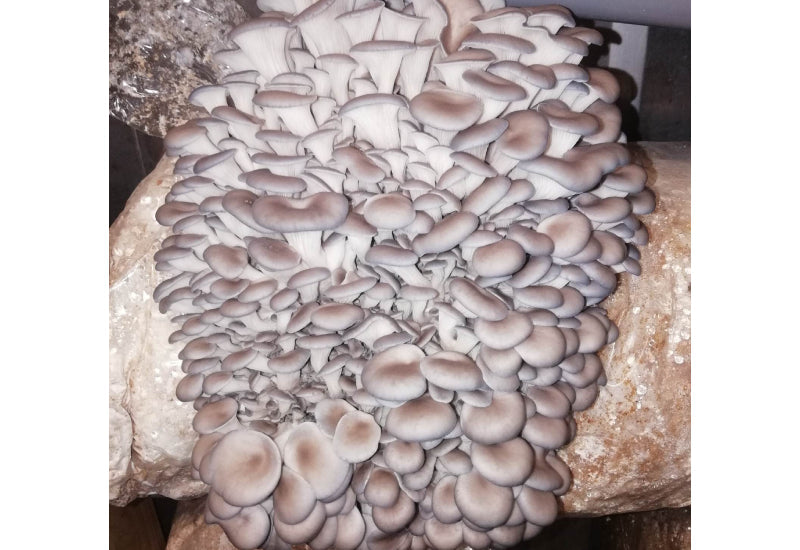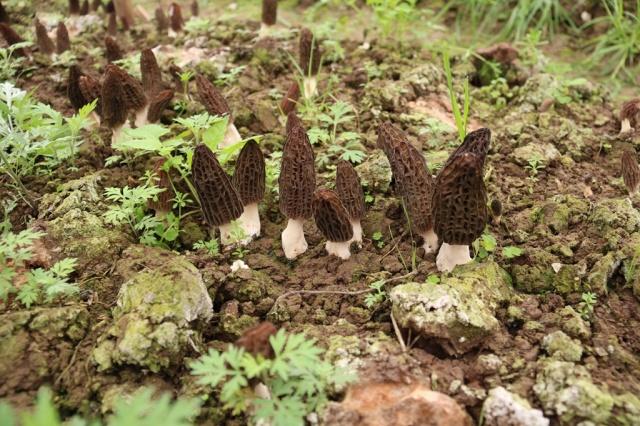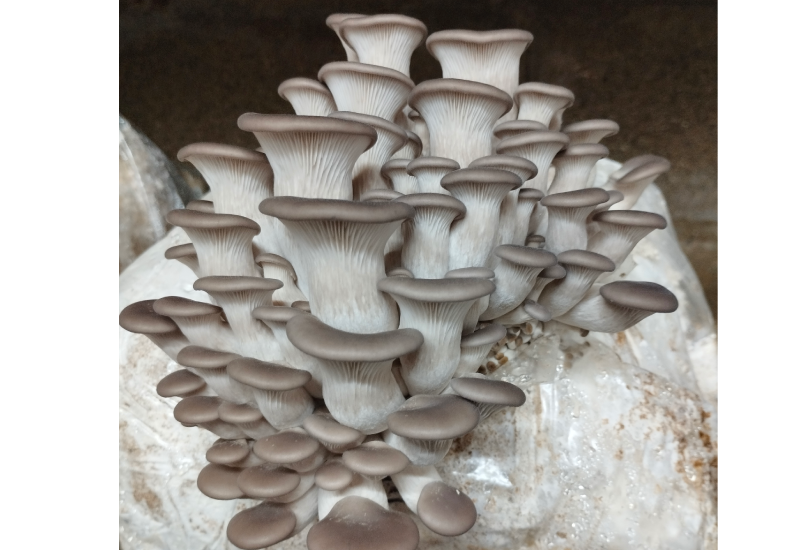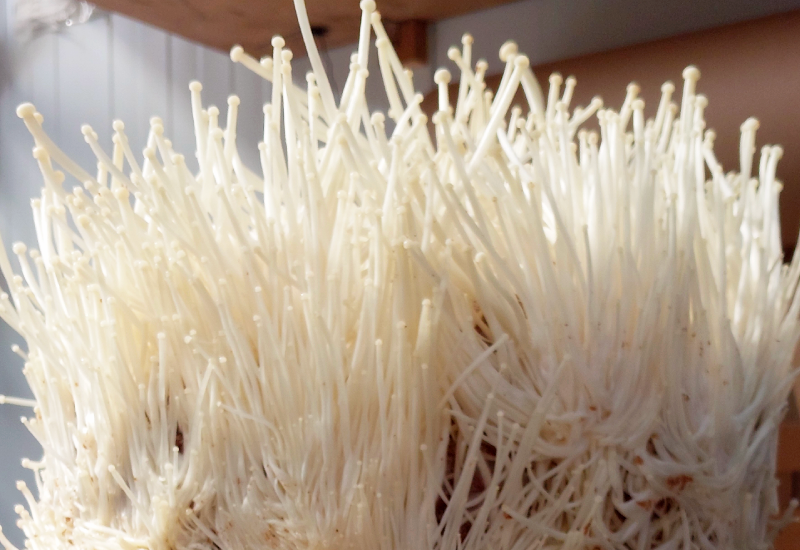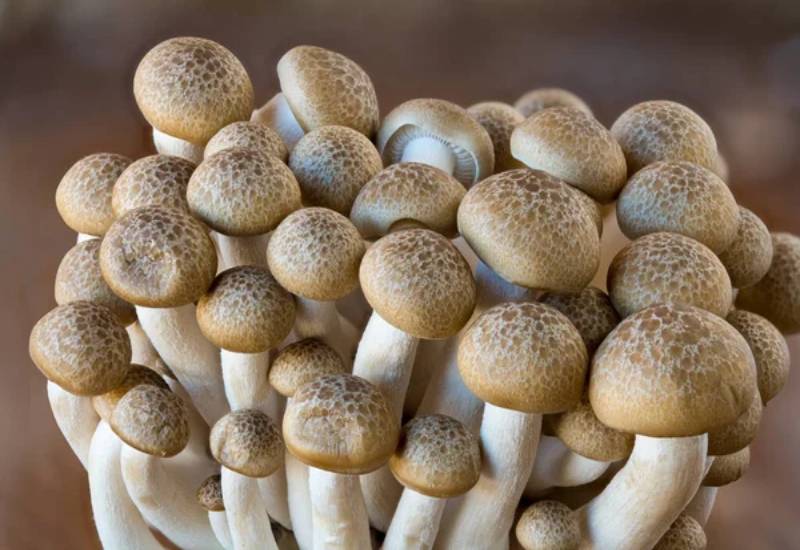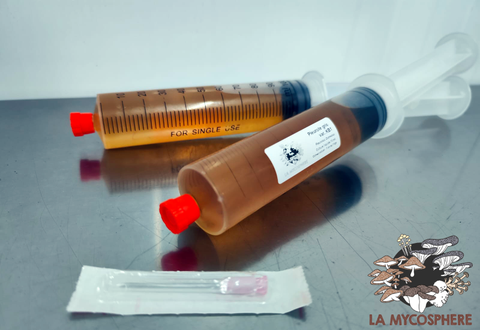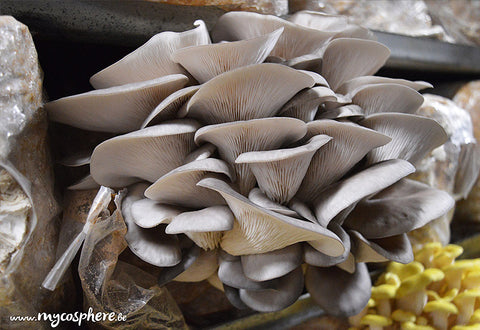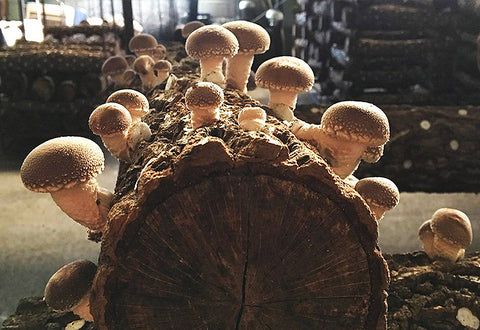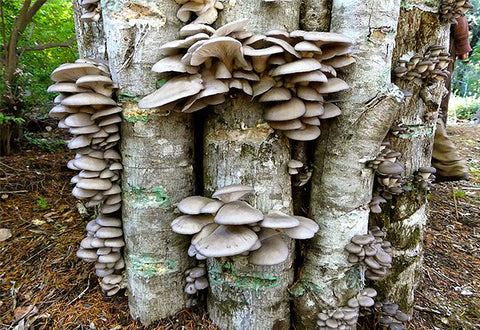Culture-Mothers Petri G1
- 🍄 MYCELIUM ON NUTRITIVE AGAR : Use our pure genetics and superior quality.
- 📦 STORAGE : Each box is sealed with a stretch film and packaged in a waterproof bag
- 🌍 AVAILABLE VARIETIES : Find below our mycotheque with all our varieties selected and maintained by us.
- 💧 DELAYS : We produce petri dishes on demand. Delays can therefore vary between 2 and 5 weeks depending on the availability of cultures and our schedule.
-
Quantity discount:
≥ 4 : 10%

Our petri dishes consist of an MPA medium and are colonized by the mycelium of the chosen variety. These are first-generation mycelia.
You can use them with our already sterilized grain bags or our gelled culture media
![]()
Our myceliums are produced in the laboratory to guarantee their quality and the absence of any contamination. Furthermore, all cultures are tested before being used.
Storage
We recommend storing them in the fridge and using them within a maximum of 12 months. However, it is preferable to use them sooner.
We protect the petri dish bags with bubble wrap to prevent breakage during transport, but it remains a fragile product.
If the order contains other heavy items that could damage the boxes, we reserve the right to remove the item from the order or to add an additional shipping fee to send it in a separate package.
Note: All warranty claims must be submitted with the boxes still sealed in their plastic within 5 days of receipt.
List of Varieties
Pleurote KB1 (p. ostreatus): Variety with broad and thick caps. The stems are thick but tender down to the base. Very good productivity. Good preservation, good taste quality.
Pleurote de l'Orme (p. ostreatus): White oyster mushrooms, rather rustic varieties. Wide and thin caps. Rapid growth. Good productivity. Average shelf life.
Pleurote Florida (p. ostreatus): Heat-resistant variety. Productive even at cool temperatures (min 10°). Cluster made up of a set of small caps 3-5 cm. Color tends towards bluish-gray in cold conditions, towards off-white in warm conditions. Robust mycelium
Pleurote Prince (p. ostreatus): Cascades of small silver-gray caps tending towards gray-brown below 15°. Classic commercial variety. Short and thin stems. Good productivity and good shelf life.
Pleurote Blue Brat (p. ostreatus): Originating from Bratislava. Small silver-gray caps. Average productivity but rustic and resistant variety with rapid growth.
Pleurote King of Pearl (p. ostreatus): Beige-gray colored caps, average productivity, aggressive and fast mycelium.
Pleurote Pearl (p. ostreatus): small beige caps. Basic rustic variety. Average productivity but adapts well to all temperatures.
Pleurote Pathfinder (p. ostreatus): large beige fruits. Relatively fragile, but good productivity. Large tender stems. Very fine almond-scented taste.
Pleurote Soignes (p. ostreatus): excellent Belgian variety of oyster mushrooms from the Soignes Forest (South of Brussels). Light beige color (20°C) to brown (12°C). Very aggressive mycelium. Good productivity. Excellent flavor. Good commercial potential.
Lung Oyster Mushroom: Also called the Italian oyster mushroom, it tolerates heat well but can also be cultivated year-round. Very fast growth, easy to anticipate harvests. Light gray color when grown in heat, turning dark brown below 15°. Grows in small individual clusters rather than bunches. Harvest young. Adapts well to different substrates, very resilient.
Pleurote Mustang (p. ostreatus): a winter variety originating from a forest in Wallonia (South of Brussels). Grayish mar color tending towards brown. Very aggressive mycelium. Likes cold and outdoor air. Rest period between the end of colonization and the start of fruiting of about 1 month. The caps are heavy and dense. Good productivity, but this variety requires a cold shock (below 10°C and fruiting temperatures under 15°C).
Yellow Oyster: flavor and texture quite different from other oysters. Slightly aniseed taste. Prefers temperatures >18°. The yellow color intensifies with the amount of light. Relatively fragile caps, harvest young.
Pink Oyster: likes heat 25-30°. Rapid colonization and growth. Harvest young. Limited preservation to a few days. Very beautiful visual appearance.
Black Pearl: Cross between a variety of oyster mushrooms and eryngii.
Eryngii "Kings" (pleurotus eryngii): commercial variety
Lion’s Mane "PomPom" (hericium erinaceus): commercial variety
Comb Tooth (hericium coraloides)
White Button Mushrooms (agaricus bisporus)
Shiitake 3790 (lentinula edodes): commercial variety
Shiitake 3782 (lentinula edodes): variety better suited to pasteurized substrates, with a straw base
Red Reishi (ganoderma lucidum)
Black Reishi (ganoderma sinense)
Reishi Lingzhi (ganoderma multipileum)
Stropharia (stropharia rugosoannulata)
White Shimeji (hypsizigus tessulatus): commercial variety
Smoky-gill hypholoma (hypholoma capnoides)
Nameko (pholiota namekos): commercial variety
Chestnuts (pholiota adiposa): commercial variety
Pioppino (agrocybe aegarita)
Elm Oyster (hypsizigus ulmarius): the true elm oyster mushroom, a bit more complex to produce than pleurotus ostreatus
Wood Blewit (lepista nuda)
Golden Enoki (flamulina velupites)
Judas's Ear (auricularia judae)
Shaggy Ink Cap (coprinus comatus)
Maïtaké (Grifola Frondosa): commercial variety
Cultivated Volvaria (volvaria volvacea)
Tiger Lentin (lentinus tigrinus)
Panelle Stiptique (panellus stipticus): bioluminescent mushroom
Polypore Versicolor (trametes versicolor)
Polypore Soufré (Laetiporus sulphureus): variety from a mushroom harvested by us in a forest in Louvain-la-Neuve (Belgium), growing on a wild cherry trunk. Preferably cultivated on semi-buried logs
Morille Noire (morchella elata): saprophytic variety of French origin
Cordyceps Militaris (cordyceps militaris): Excellent variety of Kaizen Cordyceps in England

